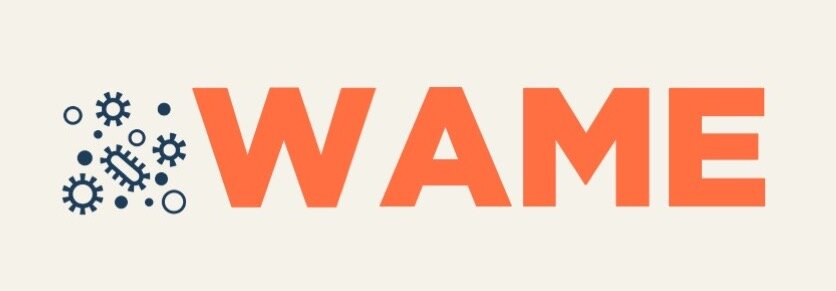Background & motivation
All animals harbour microbes, and these diverse and complex communities (the microbiome) have profound and pervasive effects on host biology. Host-microbiome interactions can affect host fitness, through obligatory relationships that govern co-evolutionary responses, or through facultative relationships that shape specific host responses to local environmental conditions. Thus, there is huge potential for host-microbiome interactions to modulate host phenotypes and adaptive responses.
Our understanding of the ecological and evolutionary significance of host-microbiome interactions in wild systems is very limited. Much of our existing knowledge on the importance of the microbiome comes from laboratory systems. However, the microbiota of laboratory animals, which reside in artificially controlled conditions, often differs radically in composition and function from their wild counterparts, which curtails our ability to translate any observed effects or mechanisms to natural populations. Studies of naturally-acquired microbiomes in the wild, where hosts are exposed to complex environmental variation and where selection acts to determine fitness, are crucial to understanding the evolutionary significance of the microbiome.
Non-invasive metagenomic approaches - such as 16S RNA metabarcoding of faecal samples to determine the gut microbiota - have enabled the rapid expansion in wild animal microbiomics. To date such studies have largely focussed on testing host and environmental influences on community composition and diversity. However, many key questions remain surrounding the impact of these communities for host fitness phenotypes. Answering such questions is difficult, due to system-specific dynamics, logistical sampling difficulties, and still-developing statistical approaches to maximise inference from complex data structures. WAME aims to serve as a forum to help identify, discuss and resolve such difficulties and, importantly, learn from cross system similarities and differences.

